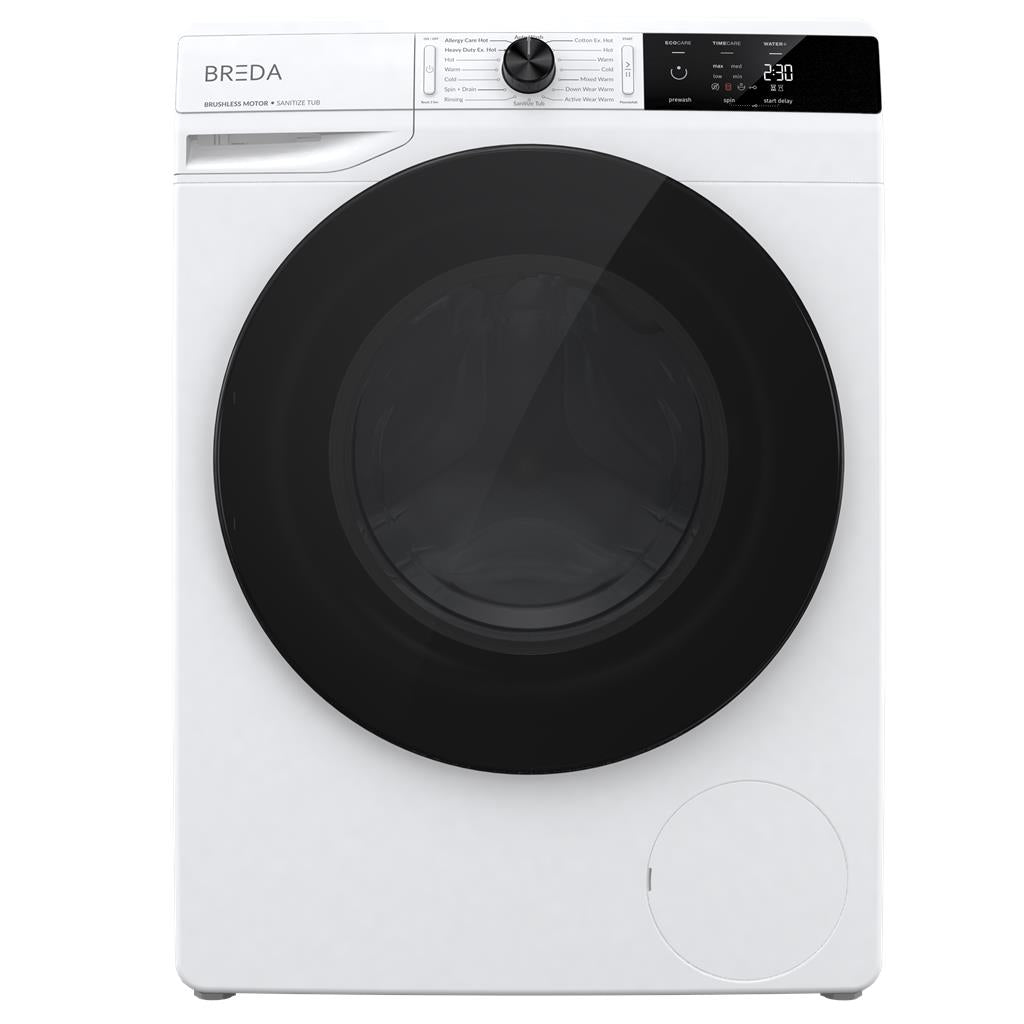Install a Bathroom Vanity on an Exterior Wall? What You Need to Know.
If you’ve ever installed a budget built-in vanity, you know the drill - literally. Cut holes in the base, drop the water lines through the subfloor, and call it a day. Fast? Yes. Inexpensive? Absolutely. And this works well if you are installing a vanity on an exterior wall. But if you’re investing in a furniture-quality bathroom vanity, it’s a whole different story.
What Is a Furniture-Quality Vanity?
In short, furniture quality vanities, whether freestanding or floating:
- Cabinet sits on, or above, finished floors, not the subfloor.
- Cabinets sides are finished, and don’t attach to the walls on either side; so are not “built-in”.
- Cabinets are built to withstand the rigors of bathrooms.
The base of the vanity is part of the cabinet’s structure and furniture quality vanities, whether freestanding or floating, are built for rear plumbing access. Can you drill through the bottom of the cabinet and the floor to install the water lines? Well, the vanity police probably aren’t going to show up and charge you with abuse of furniture if you do, but why invest in a quality piece only to punch holes in it? You’ll also give up the ease of cleaning and the extra storage space that comes with lines routed through the back. In many applications there’s a better option!
The Exterior Wall Problem: Freezing Water Lines
Contractors route water lines through the base of the vanity and the subfloor because it’s fast and cheap. Drill a couple of holes, connect the lines, done. And you don’t have to worry about freezing water lines or getting past the foundation.
But the better approach in any climate is to install the vanity water supply lines in the wall. Why? Besides the fact that furniture quality vanities are built for rear access, routing the lines through the back of the vanity makes the inside much easier to clean, no wiping around valves, and doing so frees up storage space.
But do this on an exterior wall in cold climates and you are asking for trouble. Even in warm climates the sill plate and foundation are in the way. It’s a problem, right?
At LUXX Kitchen and Bath in Boise, Idaho, we’ve sold thousands of furniture quality vanities to customers all over the country. We regularly get questions about how to handle exterior walls. Even if you don’t live in a cold climate but want to enjoy the benefits of a furniture quality vanity on an exterior wall, our solution might work for you.
The Solution
We realized that there are two reasons supply lines can freeze when placed inside exterior walls. One is that there is less insulation between the lines and the cold, cold outside world. The other is that they are not exposed to the warm air inside. In short:
- You have less insulation where you want it - between the lines and the cold outside.
- And more where you don’t want it - between the lines and the warm air inside.
That insight led us to our solution which you can see in the mockup.

In it we routed the supply lines so that they are flush with the drywall, and still would be exposed to the interior air with all the insulation behind them.
OK, that’s a nice clean mock-up where the drywall is finished very nicely. And it doesn’t account for the sill plate and foundation. How would this work in the real world? Here are pictures showing how this method was used in a customer’s house.



You can see that the drain and the supply lines are routed from the wall so they can go into the back of the vanity. Just above the floor, they emerge from the wall to go into the subfloor, allowing them to clear the sill plate and foundation.
The customer’s contractor will cover the gaps in the dry wall but will leave the supply lines exposed. They sit roughly flush with the dry wall allowing the vanity to be fully pushed against the wall and everybody is happy, including the customer’s contractor and plumber who both approved of this solution. In fact, the plumbing company said they encounter this problem all the time and usually just discourage customers from placing vanities in those locations or drill through the vanity bottom and the floor. The plumber said it was a cool idea!
Keys to Success
- Choose a vanity with legs tall enough to clear the supply lines and drain.
- Confirm that you have proper insulation and an air barrier behind the lines.
- Check with your contractor and plumber to make sure they are on board.
Need help finding the perfect vanity for your space? Shop our [vanities] or [reach out] - we love helping customers make the right choices for them.



Leave a comment